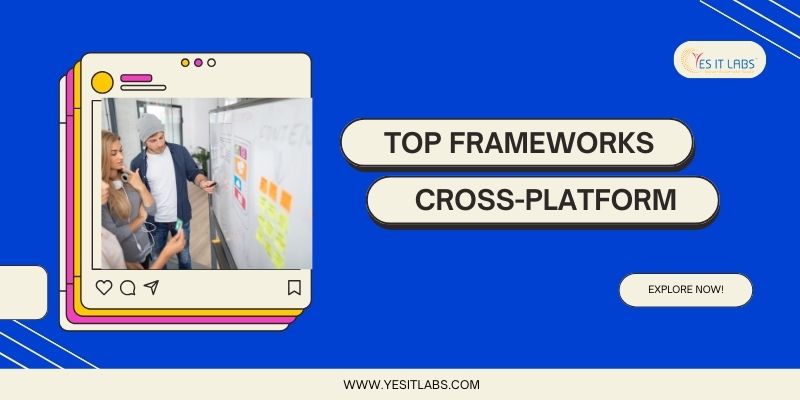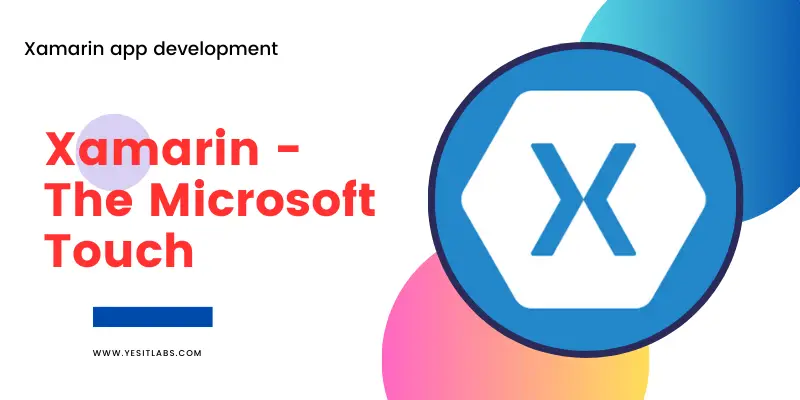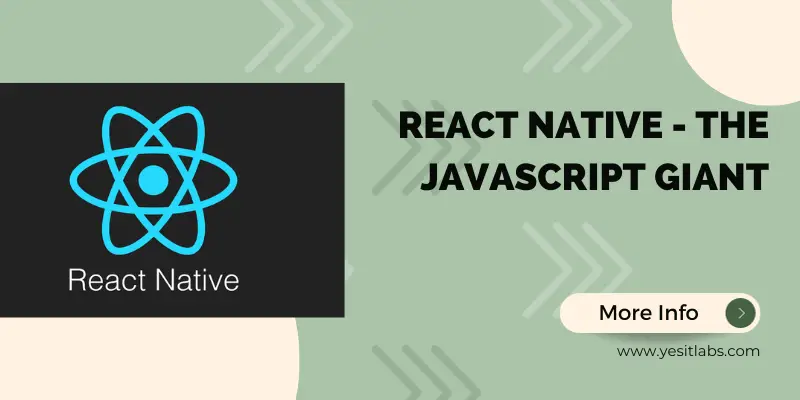
 By Admin
By Admin Mastering Cross Platform App Development: Techniques and Tools
Cross platform app development is the craft of building mobile applications that function smoothly across multiple operating systems, such as iOS, Android, and even Windows. It allows developers to write code once and deploy it across all platforms, which has become essential as mobile device fragmentation rises. This approach helps businesses expand their reach without the expense of maintaining separate codebases for each platform. However, despite its advantages, achieving native-like performance and seamless integration with platform-specific features remains a challenge that requires advanced techniques and in-depth knowledge of development tools.
Benefits of Cross-Platform Development
- Cost-Efficiency: By using a single codebase, development and maintenance costs are significantly reduced. This unified approach avoids duplicating efforts for different platforms, streamlining ongoing updates and bug fixes.
- Faster Time to Market: A unified development process enables faster iteration cycles, accelerating deployment. By shortening the feedback loop between design, development, and deployment, developers can meet tight deadlines and stay competitive.
- Uniformity: Ensures a consistent user experience across platforms. However, this requires careful attention to platform-specific user interface (UI) guidelines to maintain the native look and feel.
- Resource Optimization: Leverages a single team of developers with cross-platform expertise rather than managing separate teams for iOS and Android. This is particularly useful when considering iOS apps development services, as the same team can handle both iOS and Android, cutting down on the complexities of managing separate teams.
Popular Frameworks and Tools
1. Flutter
Created by Google, Flutter uses the Dart programming language and enables developers to create natively compiled apps for mobile, web, and desktop from a single codebase.
Pros:
- Hot Reload: This allows developers to instantly see the effect of changes without restarting the entire app. This drastically improves development speed, especially during UI iteration.
- Rich Set of Widgets: Flutter provides pre-designed widgets that adhere to Material Design for Android and Cupertino for iOS, giving the apps a native feel.
Cons:
- Larger App Sizes: Flutter apps tend to have larger binaries due to the inclusion of Flutter’s rendering engine and core libraries.
- Limited Native Support: Although expanding, Flutter’s ecosystem may lack some deep native modules compared to mature frameworks like React Native or Xamarin.
For businesses looking to scale quickly, many opt to hire Flutter developers due to their expertise in building responsive, scalable cross-platform applications.
2. React Native
Maintained by Facebook, React Native allows you to build mobile apps using JavaScript and React. It renders UI using native components, ensuring a more authentic appearance and performance.
Pros:
- Extensive Library Support: React Native benefits from JavaScript’s vast ecosystem, providing developers access to thousands of third-party libraries.
- Strong Community and Frequent Updates: Active community involvement means rapid innovation, regular framework updates, and access to a vast pool of knowledge.
Cons:
- Performance Lag: React Native apps may lag behind native apps in performance-intensive areas like animations or complex graphics.
- Challenging UI Design: While React Native supports native rendering, replicating complex custom UI and animations can require writing native code or additional optimization.
Companies often turn to a React Native development company to ensure their app is optimized for both platforms without sacrificing performance or native look and feel.
3. Xamarin
Owned by Microsoft, Xamarin uses C# and .NET, enabling the development of iOS, Android, and Windows apps with a shared codebase.
Pros:
- Strongly Typed Language: C# offers compile-time checking, reducing errors early in the development process.
- Access to Native APIs: Xamarin allows deep integration with native APIs, giving developers flexibility for platform-specific features without sacrificing the benefits of code sharing.
Cons:
- Learning Curve: Developers unfamiliar with C# and .NET face a steeper learning curve, particularly when transitioning from web or mobile JavaScript-based environments.
- Delayed Updates: Xamarin sometimes lags behind in support for the latest OS versions or features, making it necessary to implement custom integrations for early adopters.
Development Techniques
1. Code Sharing and Reuse
Efficient cross-platform development hinges on writing reusable code components that can be deployed across all platforms. Developers should focus on separating the business logic from the UI, using shared libraries and modules to minimize platform-specific implementations. When writing platform-specific code becomes inevitable (e.g., accessing device hardware), compartmentalizing it into modules allows the rest of the codebase to remain uniform.
2. Consistent UI/UX Design
While functionality may remain the same across platforms, users expect platform-native UI/UX interactions. Developers should design the UI to conform to platform-specific design guidelines (e.g., Material Design on Android and Human Interface Guidelines on iOS). For professional-level apps, leveraging conditional rendering or using hybrid design patterns can create an optimal balance between consistency and native experience.
3. Performance Optimization
Cross-platform apps can face performance bottlenecks, especially when complex calculations or animations are involved. Addressing these issues involves:
- Optimizing Rendering: Use lazy loading, virtual lists, or off-screen rendering for heavy components.
- Native Code Integration: Integrate native code where performance matters (e.g., animations, graphics).
- Memory Management: Monitor memory usage across platforms, as inefficient memory handling can lead to crashes, particularly on devices with limited resources.
4. Testing
A robust testing strategy is critical. Developers should automate unit tests for core business logic using shared test suites, while platform-specific behavior must be validated using UI testing tools like Appium, Expresso, or XCTest. This approach allows rapid iteration cycles and quick detection of platform-specific bugs.
Challenges and Solutions
1. Performance Issues
Cross-platform apps may still fall short of the performance benchmarks set by native apps, especially in areas requiring intensive calculations or graphical rendering. To mitigate this, developers can:
- Use Native Modules: For CPU/GPU-heavy tasks, write native code in Swift (iOS) or Kotlin (Android) to offload critical work.
- Profile Regularly: Tools like Flutter’s DevTools or React Native’s performance monitor can help identify bottlenecks early.
2. Platform-Specific Bugs
It’s common for bugs to appear on one platform but not on others. Keeping platform-specific components modular, well-tested, and documented can reduce the complexity of managing these discrepancies. Continuous integration systems like Jenkins, CircleCI, or GitHub Actions can automate tests across multiple platforms.
3. Limited Access to Native Features
Some cross-platform frameworks may not support certain native features. In such cases, writing custom plugins in the native language and integrating them with the cross-platform framework is often the best solution. Many frameworks, like Flutter and React Native, have mechanisms (e.g., platform channels, native modules) that allow seamless integration of native code.
Conclusion
Mastering cross-platform app development requires a balance between leveraging the right tools, employing optimal development techniques, and constantly refining processes to meet platform-specific demands. Frameworks like Flutter, React Native, or Xamarin provide powerful options for developers to create highly performant and visually appealing apps across different platforms. By focusing on code reuse, maintaining platform-specific UI consistency, and optimizing for performance, developers can deliver seamless experiences that satisfy users on every platform.
Tags: Cross Platform App, Cross Platform App Development, Cross Platform App development in USA, custom iphone app development company in USA, hire dedicated flutter developer, hire flutter app developers, Hire Flutter Developer, hire flutter developers, iOS App Development company in USA, ios development company, ios development company in USA, ios mobile app development company, iphone app development agency in USA, iphone app development company, iphone app development company in USA, react native app development company, React Native app development company in USA, react native app development company usa, react native app development usa, React Native development company, react native development company in USA, react native development company usa, react native mobile app development companyLatest Resources
Top Frameworks for Cross-Platform App Development in 2025
January 22, 2025
A Guide to Types of Artificial Intelligence (AI)
January 14, 2025
Key Benefits of React Native App Development
January 7, 2025
Leveraging AI in Startup Software Development: Trends and Tips
December 30, 2024
Mobile Optimization for Shopify Apps: Best Practices
December 23, 2024















 Services
Services

